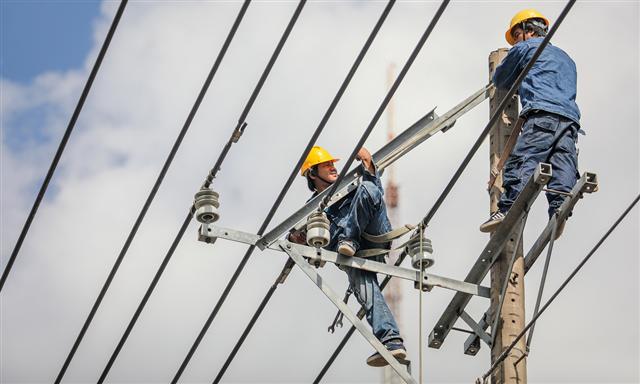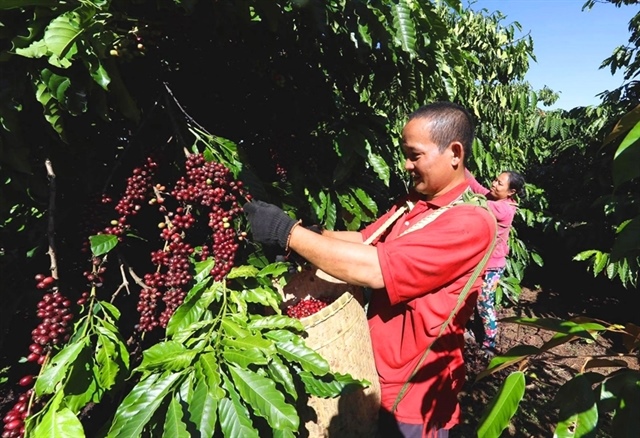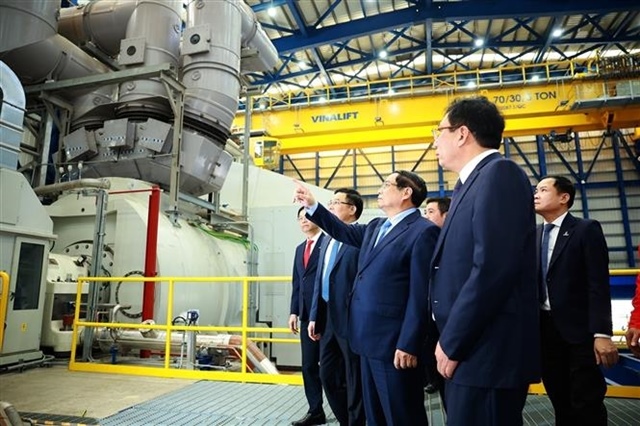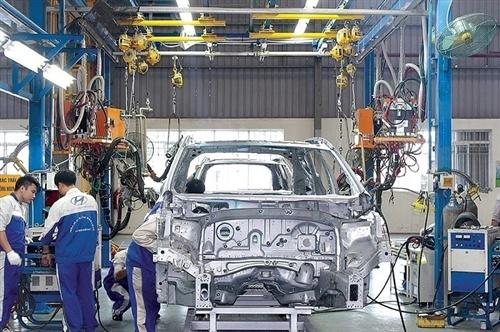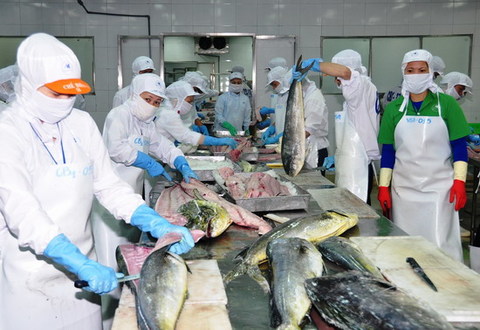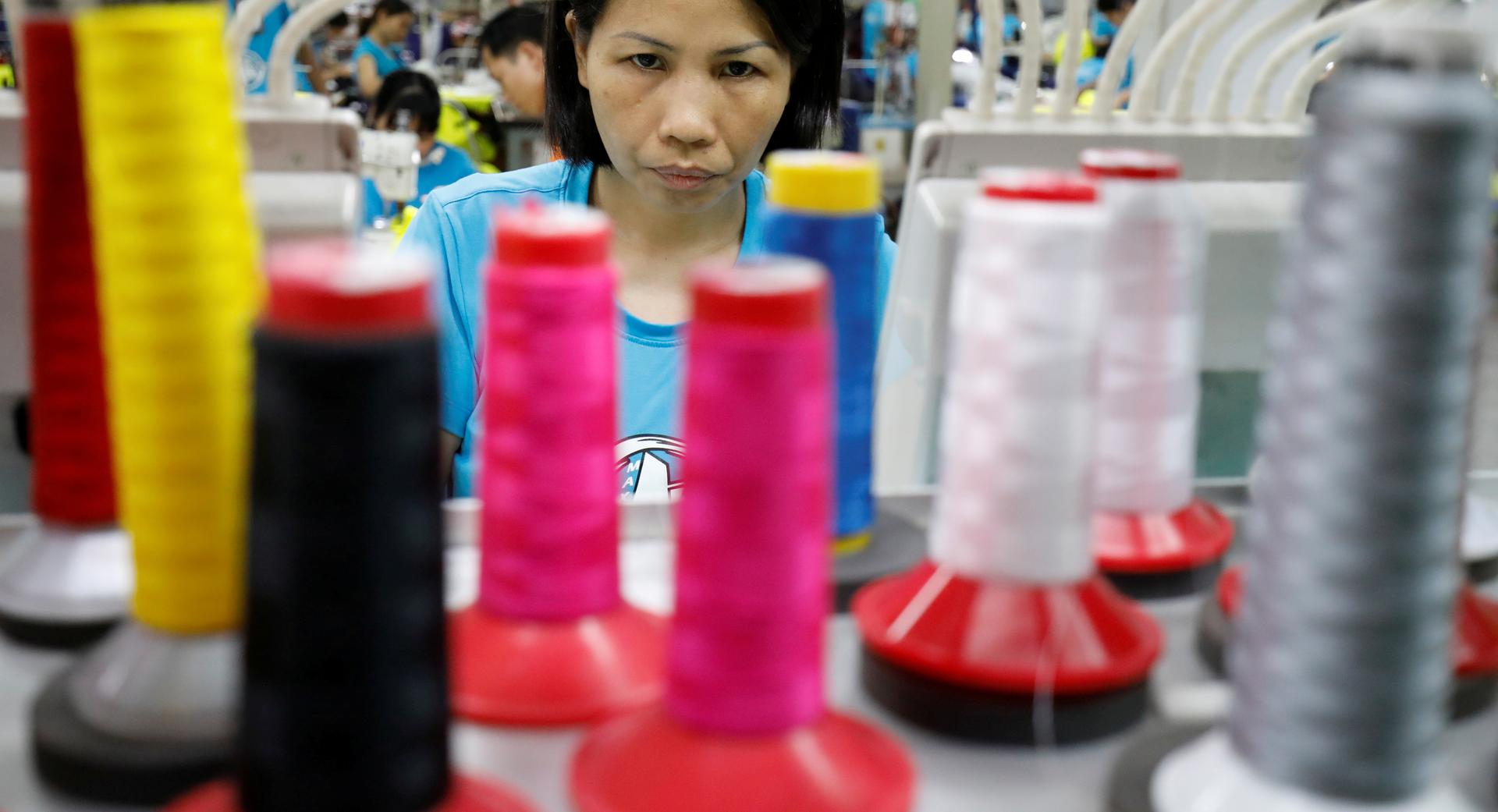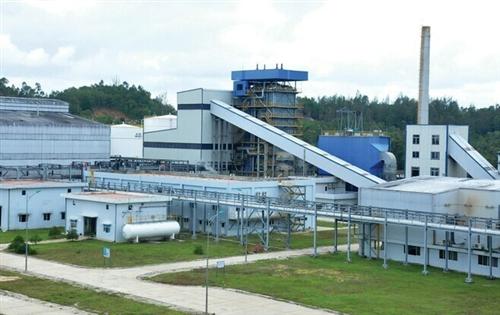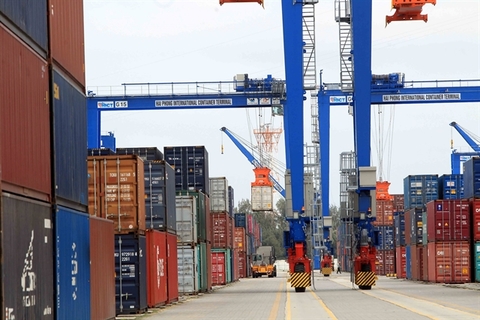PM calls for thrifty power use as shortfall looms
PM calls for thrifty power use as shortfall looms
PM Nguyen Xuan Phuc has called on all sections of society to reduce power consumption to save at least 2 percent annually.
Two electricians reinforce an utility pole in the southern province of Binh Duong, February 2019. Photo by VnExpress/Thanh Nguyen.
|
The government has warned that ensuring adequate power supply for the next five years would be a challenge.
The country now mainly depends on coal-fired power and hydropower. But major dams have kept running out of water due to lack of rainfall attributed to climate change, while many thermal power projects have been behind the schedule.
Since last year industry experts have been warning of imminent power shortages. The country has made plans to import more from Laos.
As demand has kept rising at an average rate of 10 percent a year, much higher than the economic growth rate, Phuc reckons thrifty consumption is the most important and urgent requirement to ensure energy security in the next five years.
Last year economic expansion was 7.02 percent, the second highest rate in the last decade behind the record 7.08 percent in 2018.
The PM also spelled out targets for each category of consumers.
State agencies have been instructed to save 5 percent a year and make saving energy a general rule for annual employee assessment and rewards. They should set up rooftop solar systems.
Organizations and individuals operating street lights, lighting system for advertising billboards and outdoor decoration have to save 20 percent.
Restaurants, hotels, commercial services, office complexes, and apartment buildings have to reduce their outdoor lighting capacity by half in the evening based on the timelines provided by the local electricity utility.
Families are required to use electricity thriftily, turning off all electric devices when leaving a room, using air-conditioners only when truly necessary, unplugging electrical equipment that are not in use, limiting the use of equipment that consume large quantities of power, and installing rooftop systems where possible.
For commercial and service establishments and manufacturers, the PM has not set specific targets, but merely urged them to save as much energy as they could and opt for renewable energy wherever possible.
The national power distribution monopoly, Vietnam Electricity, has estimated demand will rise by 9.2 percent to 262 billion kilowatt-hours this year.
The Ministry of Industry and Trade had last year estimated the shortage to rise to 3.7 billion kilowatt-hours in 2021, peak at 15 billion kilowatt-hours in 2023 before halving each year and falling to 3.5 billion kilowatt-hours in 2025.
Also last year, the World Bank estimated that with electricity demand growing by 8 percent a year, Vietnam’s energy sector needs $150 billion investment by 2030.
The government plans to import an extra 200 MW of electricity from Laos this year, taking the total to 1,200 MW. The purchase from Laos is expected to increase beyond 5,000 MW in the next 10 years.


